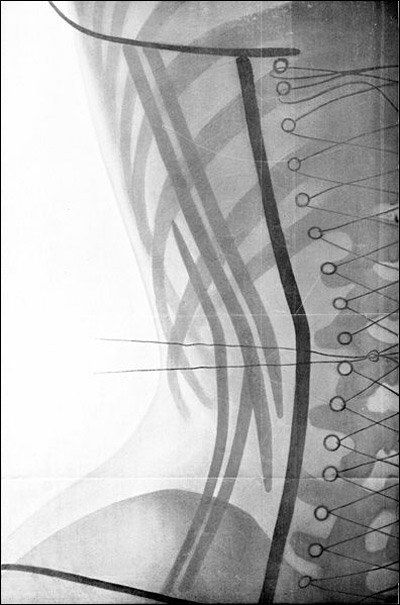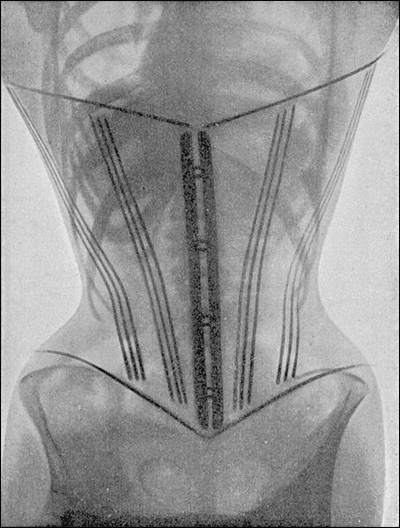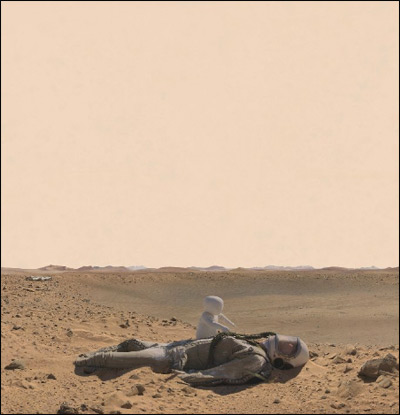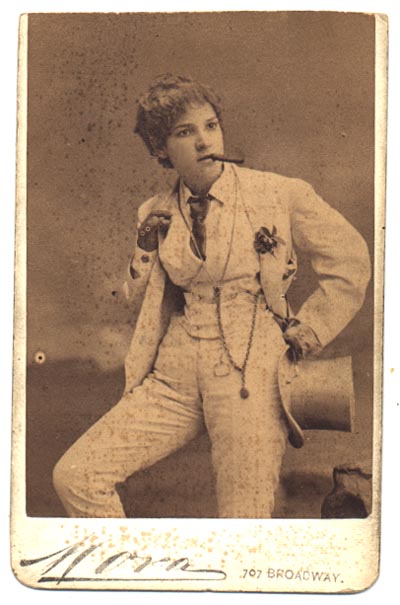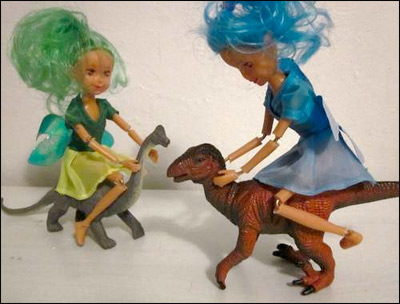Alternative Retirement Spaces

Proposed architectural designs for Boom, a 100-acre alternative retirement space.
via Coolhunting:
What began as an innovative project for LGBT retirees seeking refuge from cookie-cutter approaches to conventional retirement has evolved into something much more ambitious. More than 100 acres in the Mojave Desert will soon be the site of a $250 million idea, bringing together 10 architectural firms from five countries to succeed where so many fail by reclaiming shared community spaces that invite pedestrians and casual interactivity among neighbors.
Located near Palm Springs, California—an area known for perennial sunshine and wide-open spaces—Boom will cater to outdoor living with pedestrian pathways and communal spaces, as well as eateries, wellness centers and shops. Living spaces include private homes, assisted living and a nursing home. Each separate development will differ as the individual architects are being given free reign to realize their ideas of livability, adding diversity to the common goal of functionality and livability.
Another exciting facet to the project is that the Boom community already exists in virtual space. Participants can brainstorm and create a shared vision with the developers and architects in these early stages when the buildings are still rendered lines in an AutoCAD program.
…the overarching idea is a space where denizens celebrate life with each other rather than retreat into isolation that so many other modern developments ultimately foster—as lead designer Matthias Hollwich from HWKN explained to his fellow architects, “Boom has to be about living, not retiring, about inclusion and not seclusion.”
Nursing homes can be a scary place. Being stuck in high school was a horrible experience for many of us. It sucked because you were grouped with a bunch of people you had nothing in common with, simply because you were all teenagers. Being in a conventional nursing home is probably similar, except you’re all old and don’t have the prospect of escaping into adult life to look forward to. Perhaps that’s an overly depressing way of looking at it. But according to a recent survey in the UK, more people “fear losing independence in old age than death.” Perhaps being in a nursing home that’s part of a community in line with your interests wouldn’t be so bad. As a friend recently said, “anything that there’s currently a cruise for, there will one day be a retirement community for.” Well, there’s a goth cruise. A rave cruise. One day, there will probably be a Burner/hippe retirement community, with dreadlocked 70-year-olds listening to psy-trance.
Some questions: in the event that you could no longer live on your own, what kind of people do you want to spend your twilight years with? Would you rely on the family you make in the world to create this kind of space? Would you join in a retirement community based on common interests, like hacking/period costuming/witchcraft/polyamory/sci-fi? What would the day-to-day activities in this place be like, in an ideal world? What do you envision really uniting you with people as you get older, as opposed to things that turn out to be passing interests?


